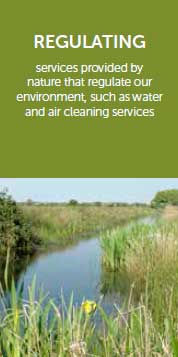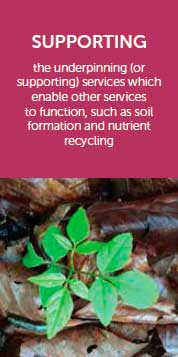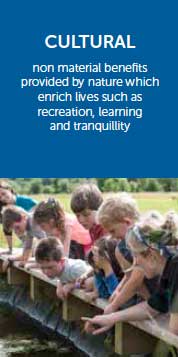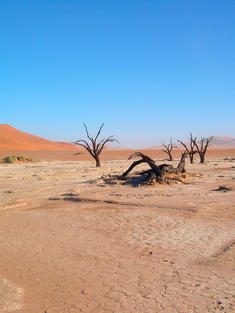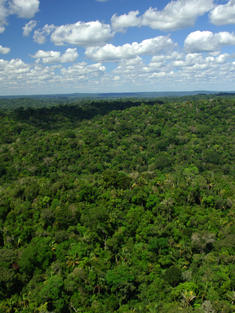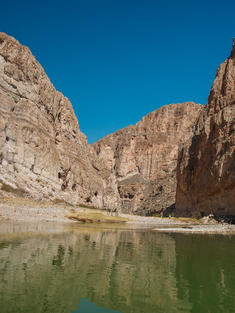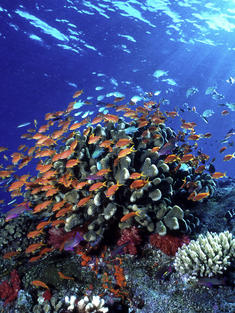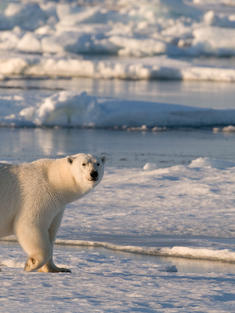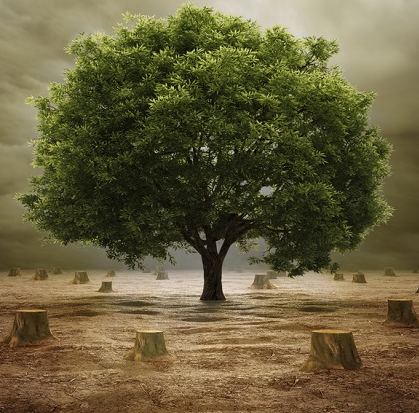 Biodiversity depletion, on the other hand, means the habitats are dying. Either the entire environment is destroyed as a result of human activity — such as deforestation, urban development, and farming — or a large number of key organisms in an ecosystem perish that the ecosystem dies on its own. There are many examples of how human interference can have catastrophic effects for an environment.
Biodiversity depletion, on the other hand, means the habitats are dying. Either the entire environment is destroyed as a result of human activity — such as deforestation, urban development, and farming — or a large number of key organisms in an ecosystem perish that the ecosystem dies on its own. There are many examples of how human interference can have catastrophic effects for an environment.We're also seeing a decrease in biodiversity. More than 60% of the planet's biodiversity has been lost in the last five decades, according to estimates.
What causes the demise of these natural ecosystems?
Natural disasters can often bring an ecosystem to its knees. Forest fires, flooding, and volcanic eruptions are all capable of damaging an environment in a particular region. These forms of natural biodiversity loss, on the other hand, are popular — and the world has a plan in place to recover them once the damage has subsided. Some pine tree seeds, for example, will not germinate unless their parent tree has been destroyed in a wildfire.
Those aren't the kinds of biodiversity losses that should bother us.
In the past few decades, human activity has been responsible for the bulk of biodiversity loss. Among the most popular causes are:
Deforestation: When we clear a forest for timber or claim land for cultivation, we are destroying special habitats that cannot be found anywhere else.
Invasive Animals: Species that are introduced into an environment where they have no natural predators will devastate it. Pythons in the Florida Everglades and lionfish in the Gulf of Mexico are good examples of this. The majority of these invasive species can be traced back to human activity.
Pollution: Waste spilled into rivers, chemical runoff from industrial applications, and air pollution from vehicles and factories all have harmful implications.
Climate Change: As the end of the last ice age showed, climate change will occur gradually over millions of years. Climate change, on the other hand, is the product of human activity this time. It's happening too soon, and animals are dying because they can't adapt quickly enough.
Overfishing: Since much of the ocean remains unexplored, it's difficult to put a figure on overfishing, but it's estimated that 60 to 90 percent of the ocean has been overfished or is on the verge of collapse.
Since there are so many of us on the planet today, it's virtually difficult to avoid making an effect on the climate. What would the implications of this depletion of biodiversity be for us?
Humans are inextricably connected to the world around us, as much as we try to keep ourselves isolated from it by constructing roads and houses to shield us from the weather. The loss of biodiversity would have an effect on us as well.
Maria Neira, head of the World Health Organization's Department for the Safety of the Human Environment, put it better than we could. "The health of humans is inextricably related to the health of ecosystems, which provide for many of our most essential needs."
Plants from all over the world are harvested for both modern and traditional medicine. Many of these drugs save lives, but half of these plants could be extinct by 2050.


